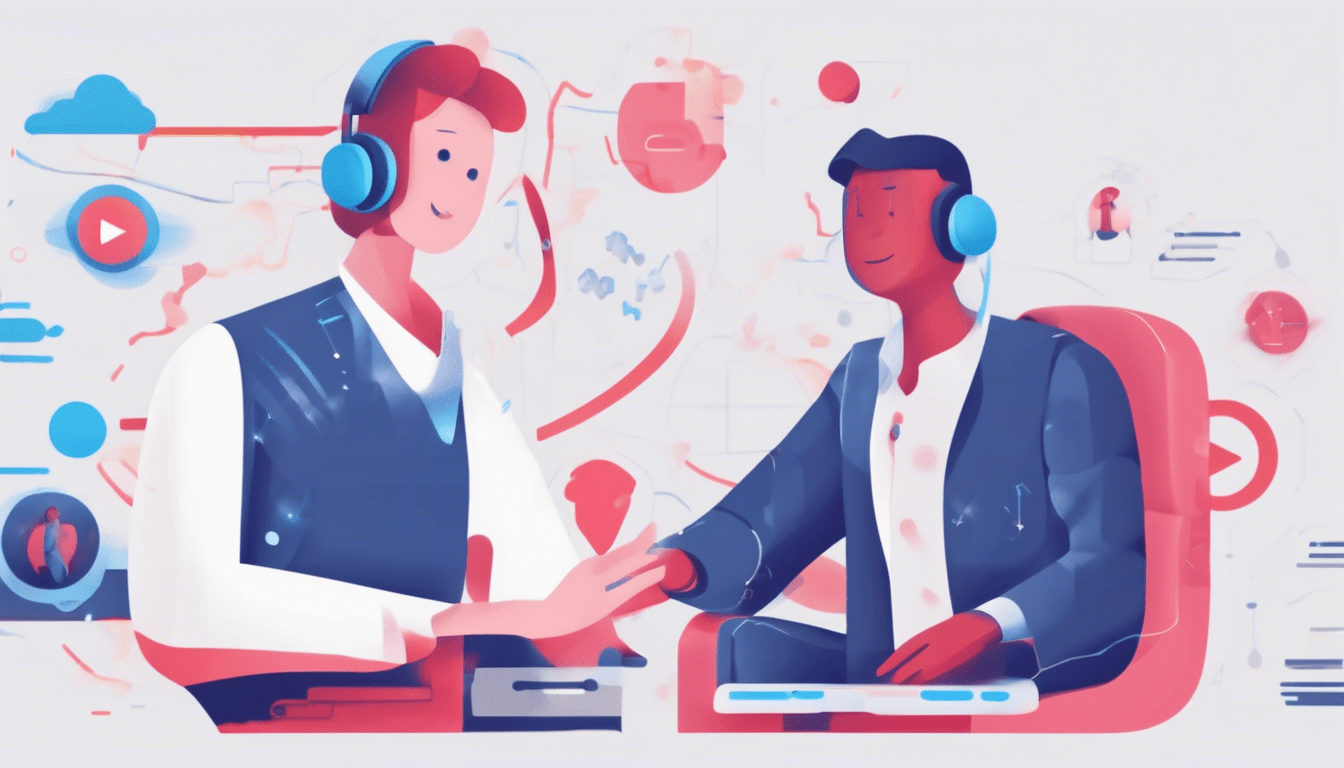AI video translation breaks down language barriers, enabling creators and businesses to instantly connect with global audiences. With tools like VEED, videos can be auto-translated into over 125 languages with high accuracy, combined with subtitles and AI voice dubbing. This technology streamlines workflows, reduces costs, and boosts engagement—making content truly accessible and impactful worldwide without the hassle of manual translation.
Understanding AI Video Translation Technology and Its Key Platforms
AI-powered video translation has revolutionized how content reaches global audiences, transforming audio and onscreen text into multiple languages quickly and with impressive accuracy. You can view more details on this page: https://playplay.com/product/ai-video-translation. By leveraging advanced machine learning algorithms and speech recognition, these tools convert spoken language and subtitles, making content instantly accessible to people worldwide.
This might interest you : Unlocking Unmatched Fundraising Success for UK Non-Profits: Creative Facebook Advertising Strategies for Maximum Impact
Major platforms such as VEED, Maestra, HeyGen, and PlayPlay each bring unique features. For example, some offer AI voice dubbing, preserving the tone and intent of the original speaker while producing realistic, synchronized translations. Others allow creators to edit translated subtitles directly in the video, customize layouts, and burn in subtitles for optimal SEO.
Key benefits include lightning-fast turnaround—videos can be localized while their content is still current—and significant reductions in manual labor and costs compared to traditional services. Organizations looking for multilingual video content localization or wishing to expand social media presence will appreciate the flexible workflows and broad language support of AI video translation software. Enhanced accessibility and engagement drive wider outreach and stronger viewer comprehension.
Also to read : Unlocking Omnichannel Marketing: The Ultimate Guide to Thriving in the UK Fashion Industry
Features, Workflow, and Customization of Modern AI Video Translators
Automatic subtitle generation uses advanced speech recognition in video translation to convert spoken content into editable on-screen text. This process leverages deep learning and machine learning in video translation to deliver highly accurate subtitles in multiple languages, supporting platforms from YouTube to live streaming translation via AI. The result is greater accessibility and improved viewer comprehension, crucial for multilingual video content localization.
AI dubbing technology for videos has transformed content accessibility. AI-driven lip sync for translated videos ensures that lip movements match the dubbed speech, making translations appear seamless. AI voice cloning for video dubbing preserves the original speaker’s tone and emotional delivery across languages. Text-to-speech integration for dubbed videos adds an additional layer of engagement, critical for educational and entertainment video translation.
Workflow automation for video translators is central to AI-enabled video marketing localization. Users upload or record content, automatically generate transcripts, edit subtitles, and trigger instant translations. Integrated editing tools provide timeline management, subtitle customization, and brand kit options. These AI tools for video content creators maintain branding consistency and optimize project delivery by automating repetitive tasks and reducing turnaround for organizations seeking real-time video language interpretation.
Accuracy, Supported Languages, and Industry Use Cases
AI-powered video translation technologies now support well over 125 languages, including right-to-left scripts such as Arabic and Hebrew. This broad language pair availability in AI translation ensures content creators can reach audiences worldwide, whether targeting corporate training, news broadcasts, or webinars. Enhanced viewer comprehension with AI subtitles and real-time video language interpretation are redefining accessibility for e-learning, entertainment, and business communications.
Recent AI video translation accuracy improvements have pushed subtitle precision to levels of up to 99.9% for many languages. Machine learning in video translation leverages neural networks, continually refining accuracy benchmarks by learning from massive datasets and real-world speech accents. High speech-to-text accuracy in AI translation results in fewer errors, reduced need for post-editing, and improved user engagement.
For use cases, automated video translation for e-learning programs enables students to learn in their native tongue, while AI translation for educational videos and AI for translating corporate training videos ensure that critical content is grasped regardless of language. The entertainment industry benefits from AI video translation for news broadcasts and webinars, delivering real-time and on-demand localized content, maximizing global reach. Enhanced viewer comprehension with AI subtitles is consistently observed, dramatically increasing audience retention and satisfaction.
Benefits, Pricing, and User Experience of AI Video Translation
Cost Savings, Free Trials, and Flexible Subscriptions
AI-powered video translation delivers impressive video translation cost reduction with AI compared to human services. Automated workflows drastically reduce expenses for content localization, as machine learning in video translation streamlines processes from automatic subtitle generation to instant audio dubbing. Free AI video translator tools often include free trial periods or limited features, making them accessible for experimenting before committing. This approach not only reduces upfront costs but also enables small teams or independent creators to benefit from user-friendly AI video subtitling solutions.
Flexible subscription models empower users to scale according to project volume, thanks to scalable AI video translation platforms. Content creators and organizations can access cloud-based video translation services without large investments or long-term commitments.
User Insights on Efficiency, Engagement, and Brand Consistency
Organizations leveraging AI video translation apps consistently report faster turnaround times, with video translation accuracy metrics showing 98.5% to 99.9% accuracy for subtitle generation and transcription. Enhancing viewer engagement with AI translation, these tools maintain brand messaging and style through brand asset integration and editable translations.
Scaling Global Audience Reach for Creators and Companies
For creators and businesses aiming to reach wider audiences, multilingual video content localization powered by AI enables instant expansion. By integrating AI video translation customer case studies and feedback, platforms are refined for increased reliability and efficiency—directly impacting traditional workflows and setting new accuracy standards within the industry.










